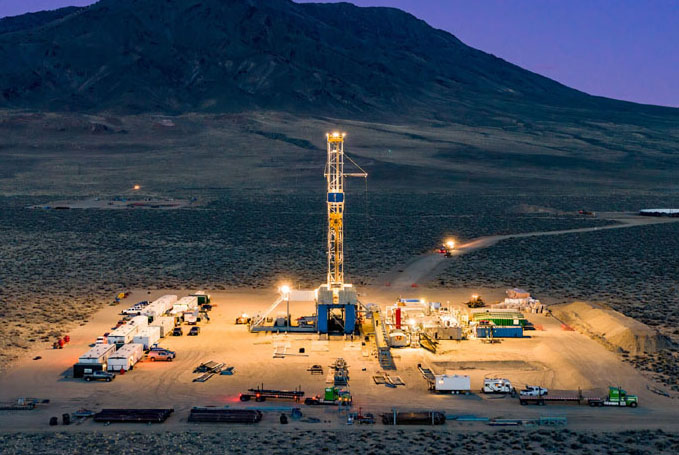
The European Geothermal Energy Council (EGEC) expects to see a significant upturn in business activity linked to geothermal energy projects throughout Europe, starting in 2025. This forecast is set out in the latest edition of EGEC’s Geothermal Market Report, which was launched today with a live webinar and the publication of the Key Findings contained in the Report.
Published each year, the EGEC Geothermal Market Report provides a comprehensive snapshot of the European geothermal sector, highlighting current trends and projecting future developments.
The EGEC Geothermal Market Report 2024, which was launched today, focuses on developments during 2024 and presents forecasts of future activity, based on the best available data.
Here are some of the Key Findings contained in EGEC’s latest Market Report:
- 2024 saw the commissioning of three new geothermal power plants — one in Austria and two in Türkiye — adding a combined 40 MW of baseload electricity generating capacity. By the end of 2024, a total of 147 geothermal electricity plants were in operation across Europe, and plans for around 50 additional geothermal power plants are in various stages of development.
- The geothermal district heating and cooling (DHC) sector experienced steady growth, with ten new systems launched: three in Poland, two in the UK, and one each in France, Greece, Romania, Spain, and the Netherlands. This brought the total number of operational GeoDHC systems in Europe to 412, with plans for around 500 additional GeoDHC projects under development.
- Geothermal Heat Pumps saw a significant drop in sales in 2024 across all European countries except Switzerland, which can be attributed to a lack of favourable regulations and policies. However, EGEC is hopeful that the upcoming European Geothermal Action Plan will contribute to creating more favourable conditions for the growth of the geothermal HP market.
- The last two years have seen steady growth in the number and extent of exploration activities being undertaken in Europe. In 2024, a record of more than 17 surveys were conducted, compared to only 10 in 2023. At least 10 3D seismic campaigns were started in the first half of 2025, with multiple surveys announced for later in the year to continue this growth.
- EGEC expects to see an exponential increase in the number of wells to be drilled, starting in 2025. This is due to the high number of geothermal energy projects that are currently in development across Europe – including around 50 power plants and more than 500 DHC projects – as well as continued growth in the number of exploration campaigns being launched.
Miklos Antics, EGEC President, stated:
“The last few years have not been easy for the geothermal sector, with unstable energy prices and high interest rates deterring investors. But now we are starting to see signs of revival, notably in terms of new drilling activities linked to geothermal energy projects, including new power plants as well as heating and cooling plants. As the European Commission prepares the European Geothermal Action Plan, we are optimistic that geothermal energy will finally be recognized as a cornerstone of a sustainable, resilient, and carbon-neutral energy future for Europe.”
Philippe Dumas, EGEC’s Secretary-General, added:
“We are seeing positive signs of growth in terms of exploration activities, and also in the numbers of new geothermal energy projects that are currently in development across Europe. However, the rate of growth will also depend on having a favourable financial, regulatory and policy framework that encourages investments in geothermal projects. Therefore, the highly anticipated European Geothermal Action Plan, which is due to be launched in 2026, will have a vital role to play – notably in terms of ensuring simpler permitting procedures for new projects.”
KeyFacts Energy Industry Directory: EGEC
 KEYFACT Energy
KEYFACT Energy